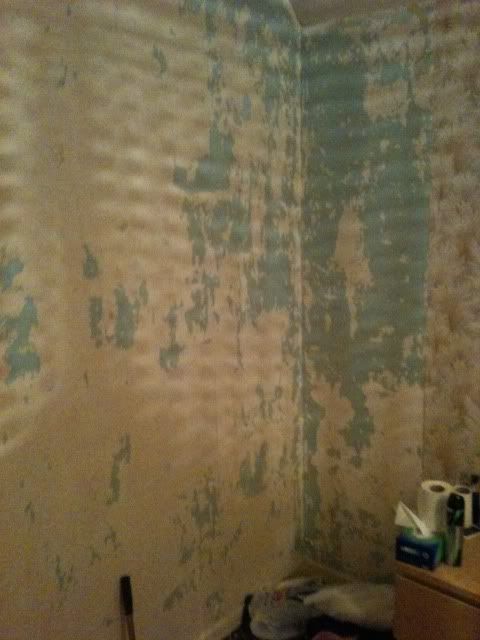Started making some progress on house decorating and started ripping off wallpaper at the weekend. Now the wallpaper rips off nice and easily however its taking most of the paint below it, with it too leaving me with bare plaster and flaky sections of paint all over the place, some of it scrapes off ok but if I carry on I’m going to leave the plaster in a right mess and its also going to take forever! Whats the best way of doing this? I’ve done some research and there seems to various opinions of carful scraping, replaster over the lot, sand it off, paint stripper etc. I’m leaning towards using a plaster skim like this:
http://www.wickes.co.uk/ready-mix-plaster-skim/invt/600243/
The house is probably a 60’s place whatever that’s means re the paint. It looks like this at the moment:

Thanks
John
http://www.wickes.co.uk/ready-mix-plaster-skim/invt/600243/
The house is probably a 60’s place whatever that’s means re the paint. It looks like this at the moment:

Thanks
John


